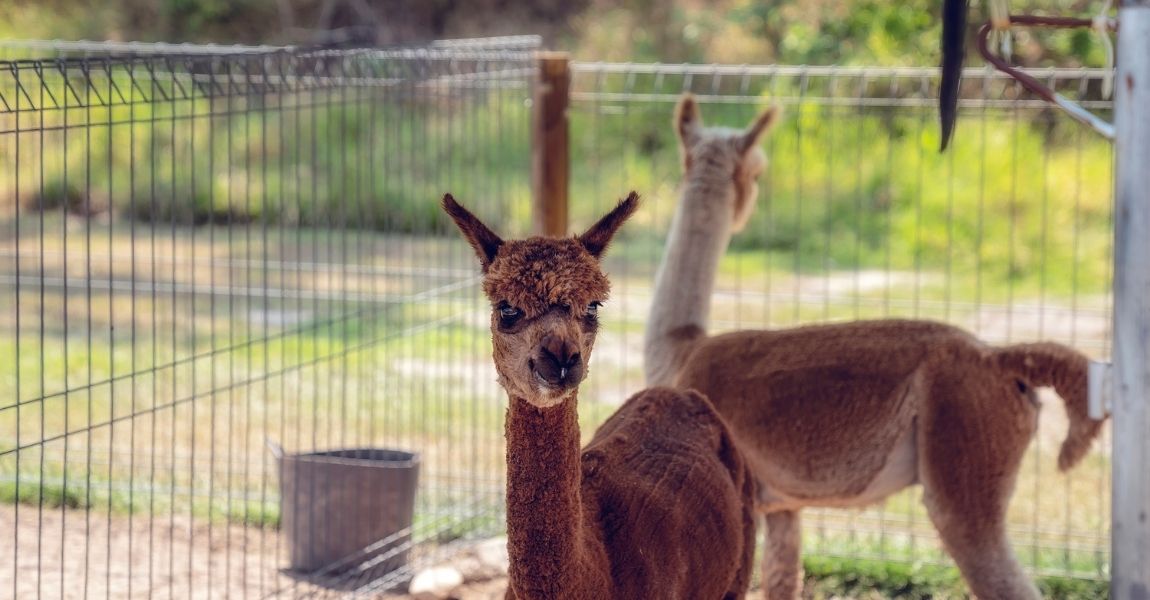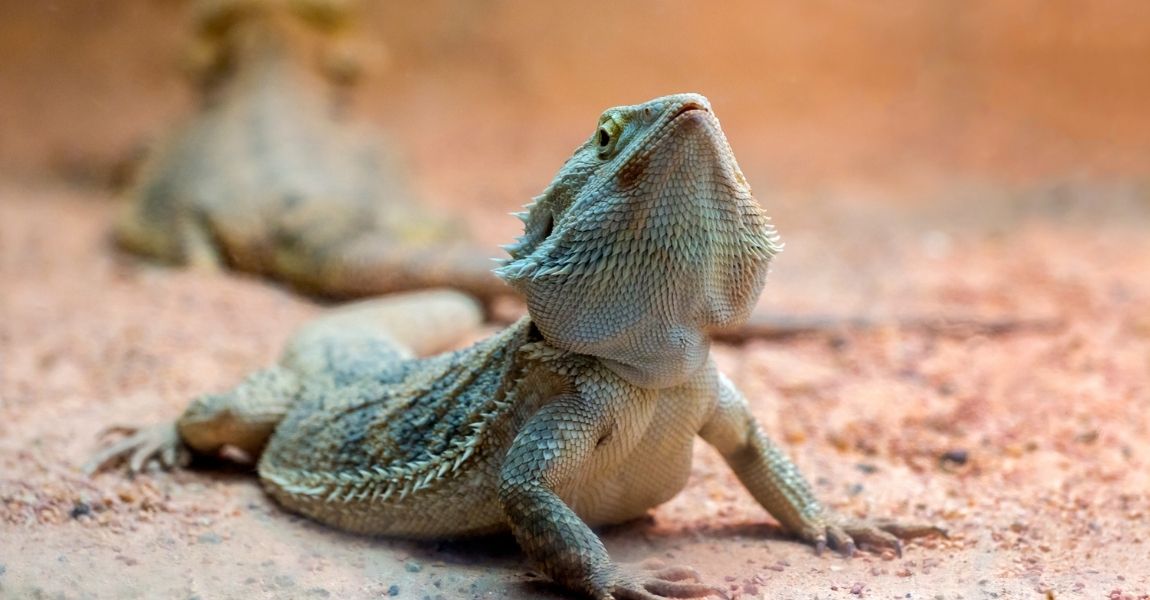Introduction:
Training alpacas can be a rewarding and beneficial endeavor for both owners and the animals themselves. By implementing positive reinforcement techniques, you can teach alpacas various skills, improve their behavior, and strengthen the bond between you and your furry companions. In this informative blog post, we will explore the principles of alpaca training, effective training methods, and essential tips to help you succeed in training your alpacas.
 Understanding Alpaca Behavior:
Understanding Alpaca Behavior:
Before diving into training techniques, it's crucial to understand alpaca behavior. Alpacas are intelligent and gentle animals, but they can be cautious by nature. They respond well to consistent, positive interactions and thrive in a calm and stress-free environment. By understanding their natural instincts and behavior, you can tailor your training methods accordingly.
Establishing Trust and Bonding:
Building a strong bond and trust with your alpacas is the foundation of successful training. Spend regular, positive time with your alpacas, offering treats, gentle strokes, and calm interactions. Approach them slowly and speak softly to avoid startling them. Consistency, patience, and respect are key to gaining their trust.
Positive Reinforcement Training:
Positive reinforcement is the most effective and humane method of training alpacas. Start by identifying desired behaviors, such as walking on a lead or standing calmly for grooming. Reward your alpacas with treats, praise, or gentle pats when they exhibit those behaviors. Use a distinct cue word, such as "good" or "yes," to mark the desired behavior and promptly follow it with a reward. Consistency and repetition are essential in reinforcing positive behaviors.
Target Training:
Target training is a useful technique for teaching alpacas to follow a specific object or touch a target with their nose. Start by presenting a target stick, such as a ball on a stick or a designated target. When the alpaca investigates or touches the target, reward them with a treat and praise. Gradually shape the behavior by moving the target further or asking the alpaca to follow it. Target training can be used for various purposes, such as leading, loading into trailers, or maneuvering obstacles.
 Halter Training and Leading:
Halter Training and Leading:
Halter training is crucial for handling and leading alpacas. Begin by introducing the halter gradually, allowing the alpaca to sniff and become comfortable with it before gently placing it on their head. Reward them with treats and praise to associate the halter with positive experiences. Practice leading by applying gentle pressure on the lead rope, encouraging the alpaca to follow your direction. Be patient and avoid pulling or jerking the lead, as alpacas respond best to gentle guidance.
Desensitization and Handling:
Alpacas need to be comfortable with various stimuli and handling to thrive in different situations. Gradually expose them to new experiences, such as different sounds, objects, or grooming tools. Use positive reinforcement to reward calm behavior and gradually increase the intensity of the stimuli over time. Practice regular handling, including touching their legs, feet, and ears, to ensure they are comfortable with veterinary examinations and routine care.
Safety Considerations:
Always prioritize safety when training alpacas. Work in a secure and enclosed area to prevent escapes or accidents. Be aware of your surroundings and avoid situations that may startle or stress the alpacas. Use appropriate protective gear, such as gloves, when necessary. Regularly assess the alpaca's body language and behavior to ensure they are comfortable and not exhibiting signs of distress or fear.
 Conclusion:
Conclusion:
Training alpacas using positive reinforcement techniques can enhance their well-being, improve their behavior, and strengthen the bond between you and your animals. By understanding their behavior, establishing trust, and using consistent positive reinforcement, you can teach alpacas various skills and behaviors. Remember, patience, respect, and a calm environment are essential in achieving successful training outcomes. Enjoy the journey of training and connecting with your alpacas as you witness their growth and development.





